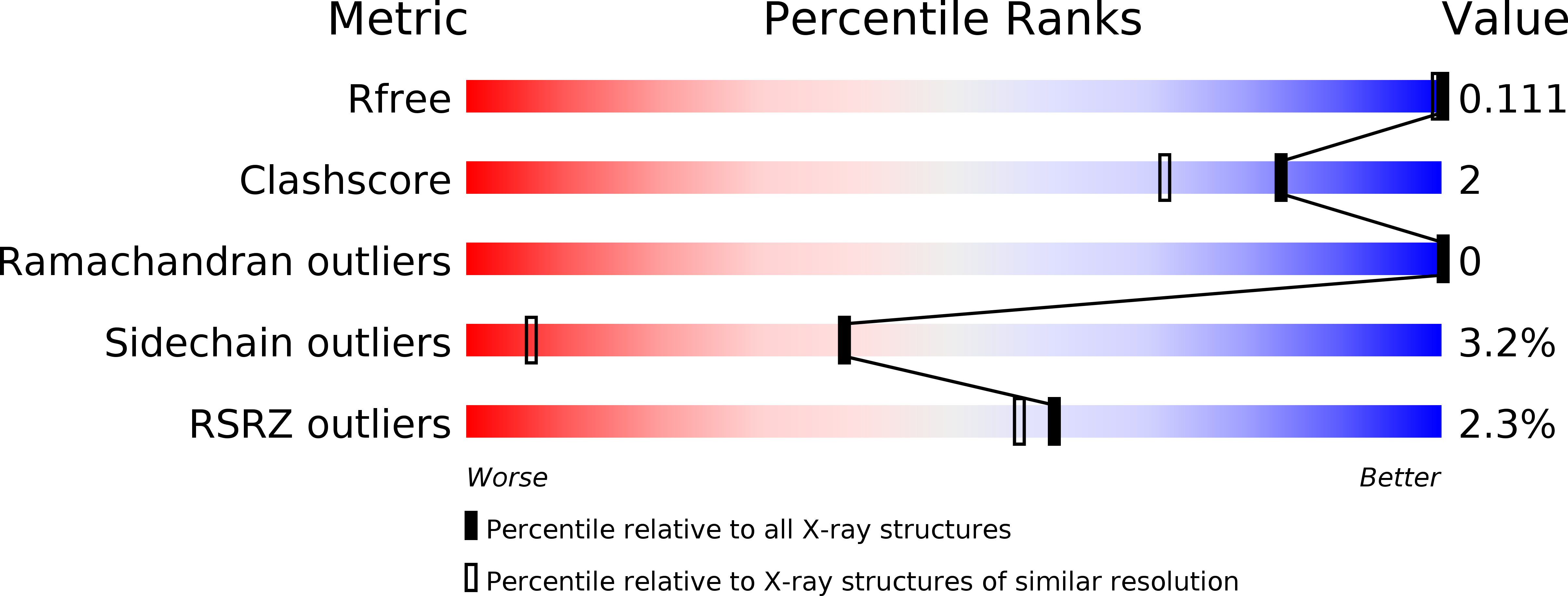
Deposition Date
2008-05-26
Release Date
2008-09-02
Last Version Date
2023-08-30
Method Details:
Experimental Method:
Resolution:
1.10 Å
R-Value Free:
0.12
R-Value Work:
0.10
R-Value Observed:
0.10
Space Group:
P 1 21 1


